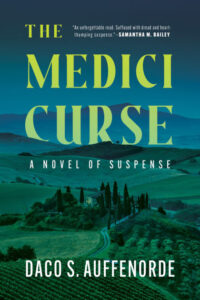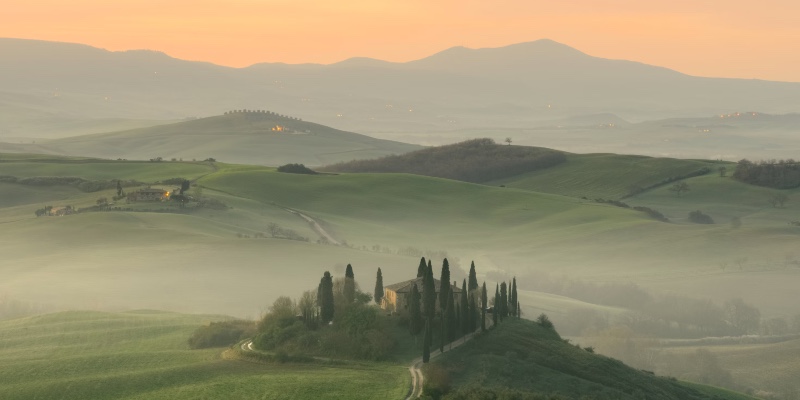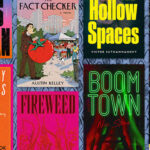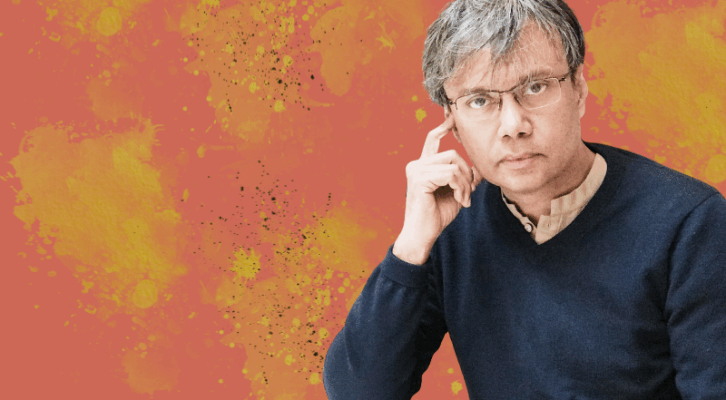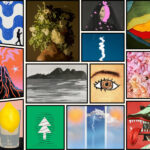“Don’t open that door! Stop… Oh, my God, don’t go in there!”
How many times have you read a book or watched a movie where you scream at the character, “Don’t do it!”? Something unpleasant is about to happen. Your fingers keep turning the pages. Mesmerized, your eyes remain focused on the screen even though part of you wants to look away. Why? The locked door. Behind locked doors lurk secrets, long-buried crimes, and shattering betrayals. In my latest thriller, The Medici Curse, you’ll find the kind of darkness that seeps through locked doors and thick walls of an ancient villa—a house fraught with deadly curses and chilling legacies. Without this particular setting, the story wouldn’t be the same.
Setting is the silent puppeteer of Gothic fiction. A crumbling mansion isn’t just a house; it’s a prison, a witness, a malevolent force. In The Medici Curse, the Tuscan villa is more than a backdrop—it’s a character in its own right, whispering secrets up through the basement and into the upper floors as it groans under the weight of a centuries-old curse. Unlike many Gothic mansions, this villa is not threadbare, not a place where dust settles conspicuously on tilted portraits. No—its opulence is deliberate, its grandeur meticulously preserved. Every detail—the labyrinthine corridors, the frescoes of long-dead Medicis watching with hollow eyes—serves to unsettle both the characters and the reader.
Would the story work if set in a modern high-rise? Not at all. The villa’s structure, its tall watch tower, and its history are the story’s backbone. Its stones remember bloodshed. Its foundations are built on fear and doom. And just where else would one find a knight in armor keeping guard in the basement by the dreaded dungeon door? Which not-so-coincidentally is locked! And the lock and key are not like any other in the villa.
Protagonist Anna de’ Medici Rossi’s unease arises out of the existence of a priceless but cursed necklace, passed down through generations of Medici women. Is the curse truly supernatural, or is it a psychological poison, a self-fulfilling prophecy of doom? The house amplifies this question, its very walls seeming to say, “You were always meant to die here.”
Only the necklace is nowhere to be found. It went missing the night Anna’s mother died. Anna believes that in the throes of a night terror, of which she has no memory, she shoved her mother down the stairs and took the necklace. Anna has lived with the guilt since she was twelve years old. People in Tuscany say she murdered her mother to steal the necklace. Right after the death, her father whisked her away to live in the States. Now she’s returned to claim her inheritance. To escape her doomed fate, Anna decides she must find the necklace and destroy it.
Gothic fiction thrives on decay—peeling wallpaper, shattered mirrors, broken windows, corridors choked with shadows. But The Medici Curse subverts expectations. The villa is not outwardly decaying; it is frozen in time. Though uninhabited for sixteen years, the curtains hang perfectly, the furniture remains undisturbed, and the gardens are immaculate. This unnatural preservation is more unsettling than outright ruin. It suggests a house resisting entropy, as if the curse itself sustains the structure. So when things are disturbed, moved without explanation, Anna’s anxiety intensifies.
The dissonance between appearance and reality is where true horror festers. Strange noises echo through the walls—do the sounds come merely from the house settling, or is something stirring within? Doors lock themselves. Hidden passages yawn open, revealing spaces long forgotten. Even an attacking insect that flies through an open window seems unnatural, its carcass frightful. But Anna remembers all too well that insect’s sting from her childhood days. The villa’s perfection is a facade, masking rot and danger that run deeper than the foundations.
The crucial question of setting? The villa could only exist in Tuscany, for the Medicis are woven into the land’s history. Though the official dynasty ended in the 18th century, their influence—and their sins—linger. The family’s duality is key: they were patrons of Michelangelo and Galileo, yet they schemed and murdered to maintain power. Two Medici popes ruled the Vatican. Medici banks funded empires; their bloodline married into royalty. This historical weight transforms the setting into a battlefield. Anna isn’t just fighting a curse; she’s fighting history itself. The villa’s grandeur is a taunt, a reminder that the Medicis built their legacy on privilege and bones.
Gothic settings often mirror the protagonist’s psyche, and the villa is no exception. Anna arrives seeking answers about her family’s past, but the house twists her curiosity into paranoia, and she begins having night terrors, which she hasn’t suffered from since she was a young child. Locked doors reflect her suppressed fears; hidden passages symbolize the secrets she’s yet to uncover. Even the cursed necklace becomes a metaphor for inherited trauma—a weight she cannot remove.
The villa’s isolation amplifies this effect. Tuscany’s rolling hills, usually romanticized, here feel like a gilded cage. The villagers in the nearest town are wary of the cursed estate, and especially of Anna when they learn she has returned. For companionship, Anna has only her distant cousins, who live next door. But can she trust them? On the surface, they seem a little too perfect. But beneath the surface, they want something—her vineyard. Anna is utterly alone, trapped in a beautiful nightmare, which only this setting can provide.
In The Medici Curse, the villa is not merely a setting—it is the story’s pulse. Its opulence conceals horror; the curse demands blood and lingers like hot breath on the back of the neck. To remove it would unravel the narrative entirely. And as Anna de Medici learns, some doors, once opened, can never be closed again.
***
